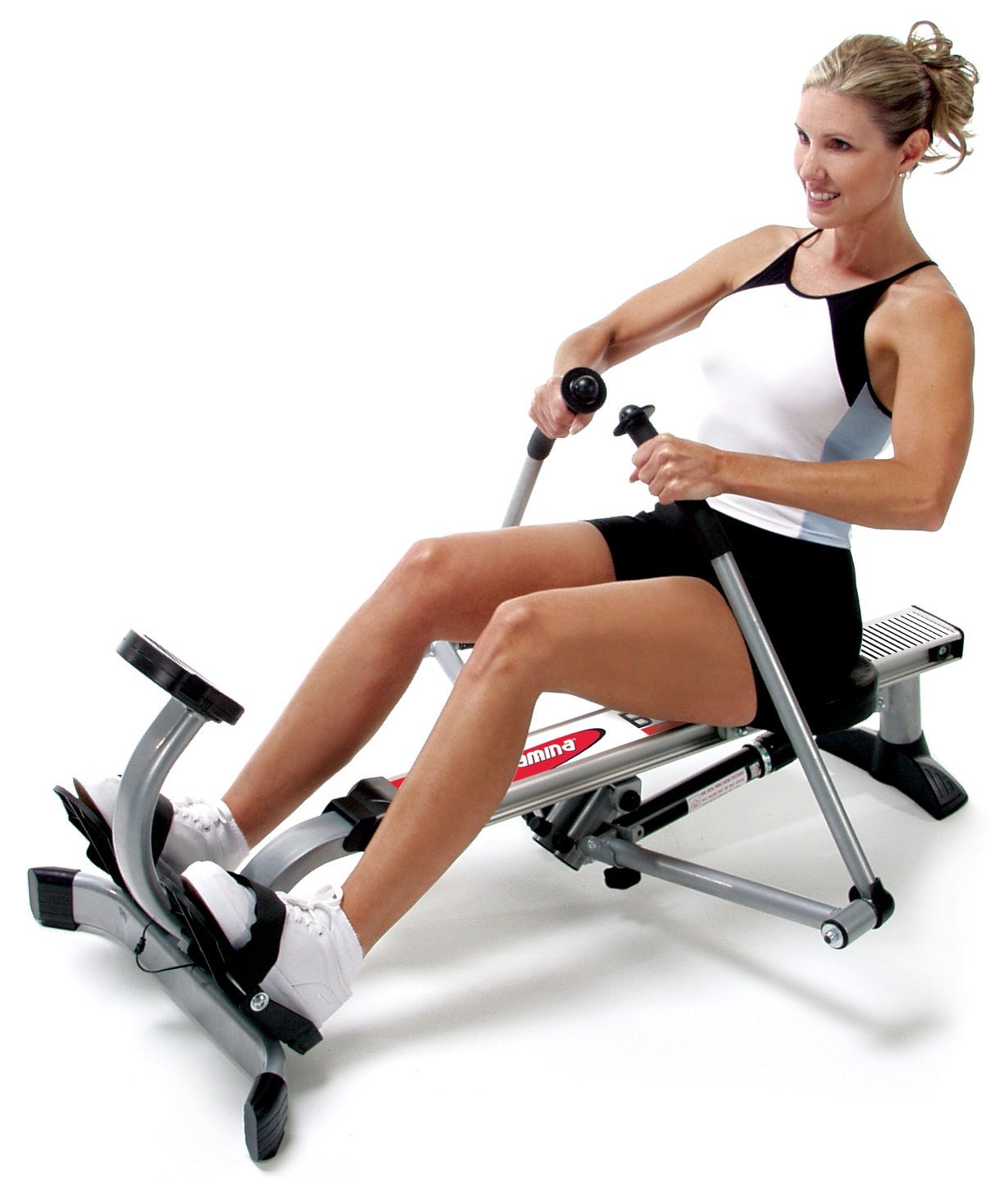Today’s society is undoubtedly busier than it has ever been, which is likely why 77 percent of adults in the United States do not get much fitness. It’s understandable that going to the gym might be tedious, time-consuming, and ineffective. In order to achieve a proper workout, you must bounce from different machines, which can take up to an hour. Rowing could be the solution if you’re searching for a quick, entertaining, hard workout that combines strength and cardio. Without building muscle, a rowing machine can lead to weight loss and increase muscle. It also is a minimal method of strengthening your heart and lungs. But, what muscles does rowing engage, and why is it such a beneficial workout?
Rowing equipment like Hydrow allow for a more thorough muscular strengthening. They are, nevertheless, an excellent gadget for cardio training and respiratory and heart system strengthening. You can lose a lot more calories by exercising so many muscle groups: 300-400 calories per hour at modest level, and up to 800 at maximum energy. When you’re loosing weight, or more properly, fat, it’s the wonderful addition to a well-balanced diet. Obesity and fatty areas on the tops of the legs can be removed with the rowing. It can prevent you from getting back pain, increase flexibility (because to the required range of motion), and reduce tension while improving your mood.
Utilize your abdominals to maintain your posture while going to rely backwards a bit at the hips during the third phase. Use the momentum to fully stretch your legs and pull the grip in toward your sternum. Internal rotation of your upper arms will simulate a rowing motion. The legs (biceps and forearms), shoulders (trapezius, shoulders, deltoid), and abdominals are all significantly engaged at the finish. Leg extension, on the other hand, necessitates the contraction of your gluteus and quadriceps muscles.
When you push out of the catch stance and draw back the bar, you’re doing a drive. As you fully straighten your legs and swinging your body into a vertical position, you must push your foot off. Your arms, shoulder, and crossbar ought to be closely to your ribcage at the end of the movement. The drive will help you to enhance your thighs, head, stomach, and back, as well as your quadriceps and glutes in particular. Allowing your hips to drive would result in your entire torso leaning into a 45 ° angle.
You’re in the game, pumping out strokes as quickly as you can into your fictitious end zone. The trouble is that your seat continues crashing into the rower’s front, and your body jerks forward violently. Give heed to the rhythm of your strokes to restore control. The stroke rate should be a 2:1 count. That implies that throughout the drive, while the legs are driving and the arms are pulling, your body should lose a lot of energy quickly. The stroke should be much more calm and controlled in the second half. Your seat will not smash madly into the front of the rower if you recover calmly and collectedly.



